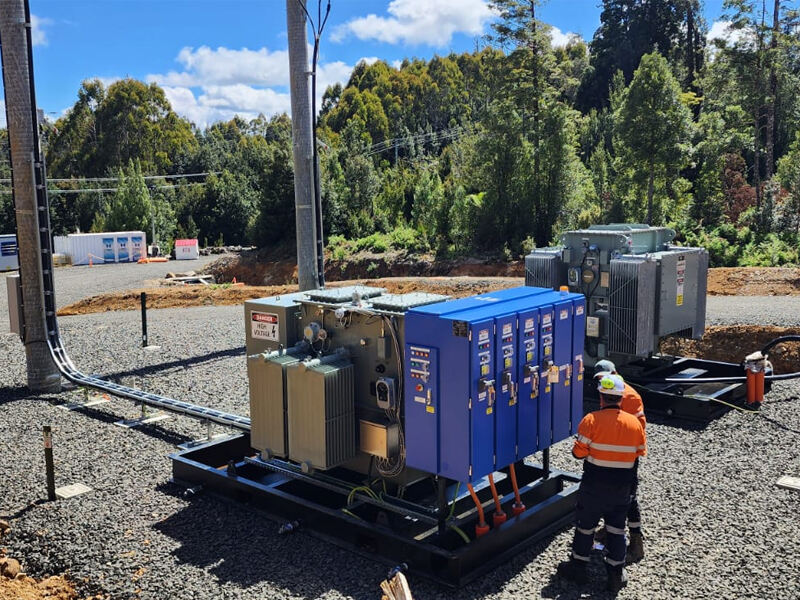As one of the pioneers in the global transition to renewable energy, Australia is promoting the development of its power system towards low-carbonization and intelligence through large-scale grid upgrades and distributed energy integration. During this process, YAWEI Power Transformers, with their technological innovation, environmental adaptability and localized service capabilities, have gradually become one of the core devices in Australian power engineering projects.
In response to Australia's unique geographical environment and energy demands, Yawei Power Transformers have achieved multiple breakthroughs in design and functionality:

Extreme climate response: The summer high temperature in the Australian outback can reach 50°C, while the coastal areas suffer from severe humidity and salt spray corrosion. Yawei transformers adopt high-temperature resistant insulating materials (such as H-class insulation) and anti-corrosion coatings (such as epoxy resin spraying), with a box protection level of IP65, enabling stable operation in various environments including deserts and tropical rainforests.
Seismic and fireproof design: In response to the frequent earthquakes in the Western Australia region and the risk of jungle fires, the mechanical strength of the transformer structure is enhanced and flame-retardant insulating oil is configured, meeting the safety requirements of the AS/NZS 60076 standard.
It adopts amorphous alloy cores or low-loss oriented silicon steel sheets (such as 30ZH120), reducing no-load losses by 30% to 40% compared with traditional transformers, meeting the energy efficiency requirements of Australia's National Energy Efficiency Plan (NEEIP).
The use of biodegradable ester-based insulating oil reduces the pollution of oil spills to soil and water sources, which is in line with Australia's strict environmental protection regulations (such as the EPBC Act).
Integrating IoT sensors (such as partial discharge monitoring and temperature early warning), it supports remote data transmission to energy management platforms (such as AEMO's NEM system), helping power grid operators achieve real-time status monitoring.
Compatible with multiple voltage levels (such as 11kV/22kV/33kV), it supports the low-voltage long-distance transmission requirements in remote areas of Australia.
Through technological innovation and in-depth localization, Yawei Power transformers have not only addressed the pain points of Australia's power system in the integration of renewable energy into the grid, remote power supply, and industrial load management, but also become the core driving force for the country's energy transition with their low-carbon and intelligent features. In the future, as cooperation between China and Australia in the field of clean energy deepens, Yawei is expected to further integrate into the long-term strategy of Australia's power grid upgrade and provide a model for sustainable energy development in the Asia-Pacific region.